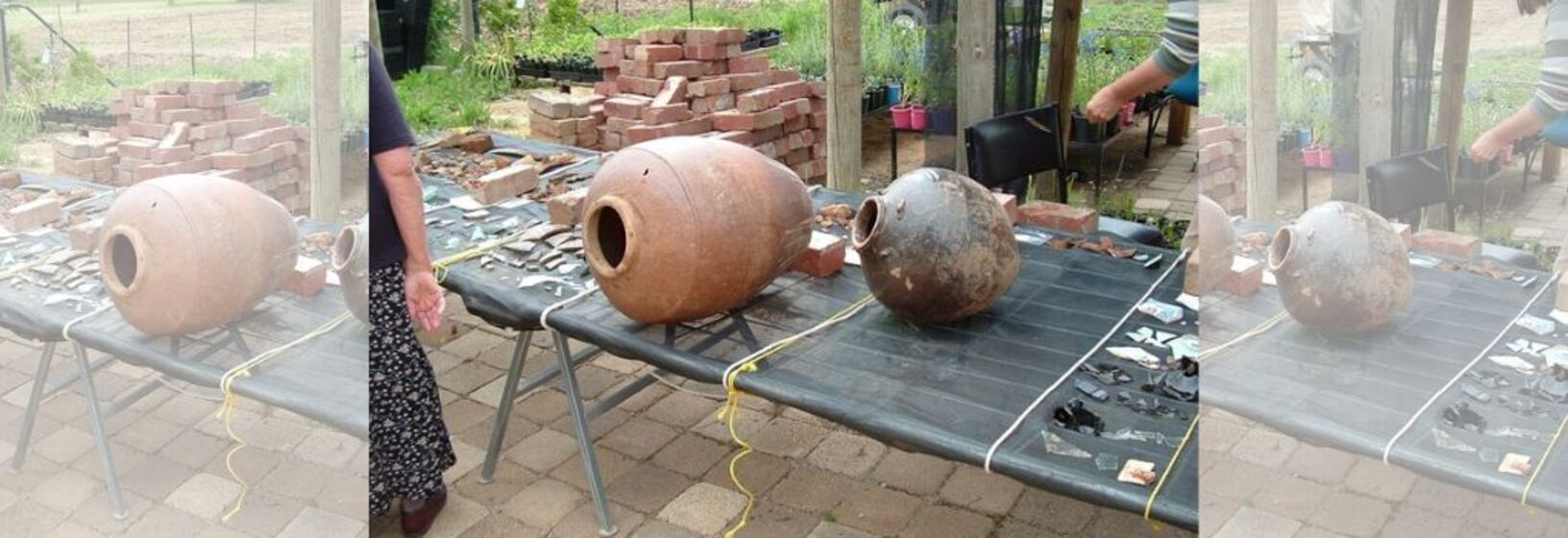Bricks and Bok Choy Essay
For the first fifty years of the 19th century, Australia was not a favoured migration destination because of its distance from Europe and reputation as a convict containment location. This quickly changed in 1851 when gold was discovered in Victoria. Stories of gold discoveries of mythical proportions flowed from Victoria. The gold rush resulted in a great mixing of countries and regional groups who previously had little contact with one another.
Desperate to support their families, Chinese men turned to the new opportunities available at ‘Tsin Chin Shan’ - the land of the New Gold Mountain. The majority of Chinese migration to the Bendigo goldfields occurred during mid-1850s when 16,260 males and one female arrived at Guichen Bay in South Australia. Travel directly to Victoria was unfavourable due to State Government legislation limiting Chinese immigration to the goldfields to one person per ten tonnes of ship cargo. In addition there was a ten pound head tax imposed upon entry to a Victorian port, while entry through the ports of South Australia was free. The Chinese miners walked from South Australia to the Victorian goldfields with ta’am (bamboo poles) balanced on their shoulders holding provisions.
In 1859, A’Fok, Fok Sing and Co. constructed their brick kiln, near the southern end of the Ironbark Chinese Camp. From the 1850s onwards, the camp was continually occupied by the Chinese people for more than a century. It was reported that by March 1859, the Ironbark Chinese Camp had greengrocers, butchers, barbers, and doctors, gambling houses, a wine shop, a large collection of Chinese graves at White Hills Cemetery and a Chinese joss house. The camp was described in an article in the Bendigo Mercury: ‘The population varies weekly from 150 to 1,000 souls, and the village consists of 204 tents.’
A’Fok, Fok Sing and Company’s brick kiln was abandoned in the 1880s and the site was then used as a market garden. As mining became less profitable, market gardening became a very common Chinese occupation. Many Chinese had experience with agriculture and were well-suited to the new occupation. By the end of the nineteenth century approximately one third of all Chinese in Victoria were engaged in marketing gardening.
There were close ties between market garden cooperatives and urban Chinese storekeepers and greengrocers, who helped provide gardeners with credit or financial support. Using hand made tools, the market gardeners worked long hours in the very labour intensive industry. Crop rotation and double cropping methods were used to grow a range of produce including fruit trees, tomatoes, cauliflower, herbs, and lettuces. Many of the vegetable species were imported from China, including Chinese broccoli, bok choy and spring onions.

